It’s time for another project update!
Apart from an occasional sigh, the office was super quiet this previous month. That is until it’s time for the daily meetings.
This is when things get heated up as every team member argues their standpoint to show why their solution is the optimal one. But every lively discussion ends with a consensus, which is what teamwork is all about.
But where exactly is our team at this point?
Wrapping up the first phase
As announced in our previous update, the team has just concluded the research and discovery phase, i.e., the first phase of the project.
During the previous month, the team was busy researching blockchain architecture and different components such as
- data structure
- Genesis block mining, structure and definition
- peer-to-peer network
- communication, transactions, file handling and storage
- validation and verification processes
- incentives, stakes and consensus algorithm
- security
All of these elements were researched in general, but the team also took a deep dive from the perspective of the previously mentioned blockchains: Avalanche, Solana, PeerCoin, NEAR, and Stealth.
Setting a firm basis is only possible if one makes informed decisions. Naturally, to be able to make them in the first place, you need extensive research and analysis. For all of you interested to learn more about this painstaking process, let’s take a closer look at the building blocks.
Bit by bit, byte by byte
Data structure
Nailing the data structure is essential as it represents the foundation of the blockchain architecture. It’s a specialized format for organizing, processing, retrieving, and storing data; to be more specific, with blockchain technology, it represents a list of blocks of transactions. The team, of course, has a basic notion of what each node, transaction, message, etc., will contain, but the specifics are yet to be determined.
Peer-to-peer
Peer-to-peer network is a structure in which there is no “main” node — all of the peers (a.k.a. nodes) are equal, which makes it decentralized. This is very important in terms of security because storing all data in one place means you are leaving it vulnerable to hacking and manipulation, which in turn compromises the integrity of the data. This makes it a top priority component for the team.
Communication, transactions, file handling, and storage
Blockchain combine peer-to-peer data-sharing technology with public key cryptography and what the team is striving to test now is communication, transactions, file handling, and storage. Besides discussing it in theory and making comparisons between the solutions different blockchains use, the team is also approaching this hands-on.
They are running virtual machines locally to create a simple network of, let’s say, three nodes. With this small-scale blockchain “concept”, they intend to exchange messages and store and send certain information. This “test” provides the team with ample opportunity to put all their problem-solving skills to practice. They will create a model of their network and design all components.
A step closer
One of the definite decisions the team has made so far is which database they will use. They work round the clock to determine the processes of adding and reading the data to the database and the node.
Whenever data, storage, and block building are mentioned, there’s always one fear looming in the back of everyone’s mind — what if the data is incorrect or the node is malicious? And this problem leads us to data validation and verification processes, which are components of major importance.
In the meantime, the PoS2 model is all set for them to implement their code. The model will ensure data is safe from any hacking attempts on the network, as well as preserve data integrity via continuous calculations and monitoring the network.
What’s next?
We are entering into the second phase of the project called Proof of Concept.
As the name suggests, the time has come to prove that the concept can be done in reality.
During the next period, the team will get cracking on
- Defining and building a test blockchain network, that is, a group of nodes that can communicate with each other (i.e., exchange messages)
- Defining and building a “primitive” shared ledger – this is a system for storing transactions (similar to a bookkeeping ledger in which everything is entered)
- Building and implementing a simplistic version of the consensus algorithm (these are the decision-making nodes)
We won’t reveal more for now: you’ll hear all about our team’s latest challenges next time.


